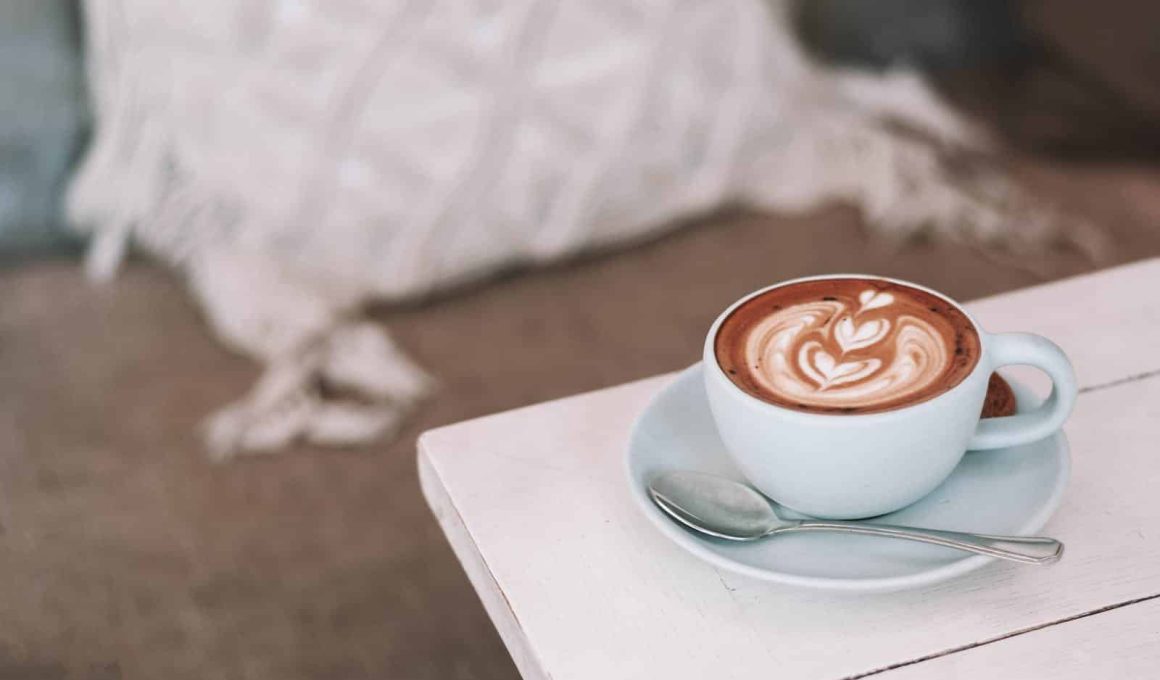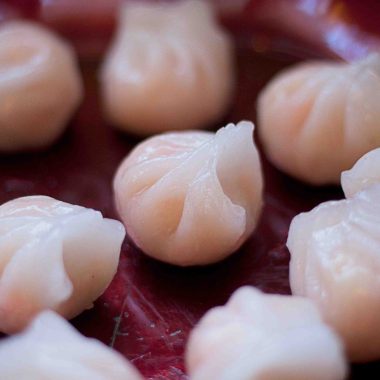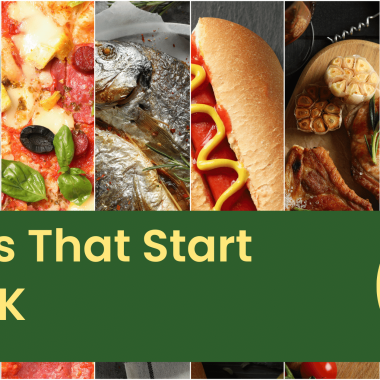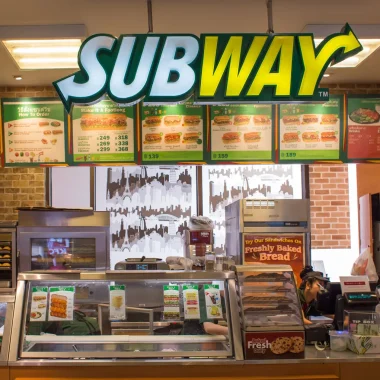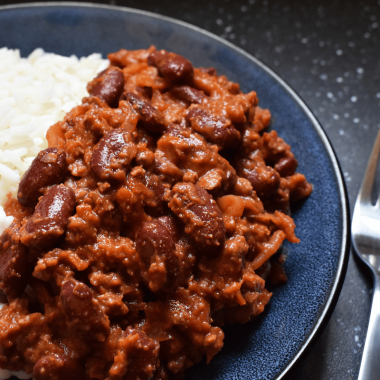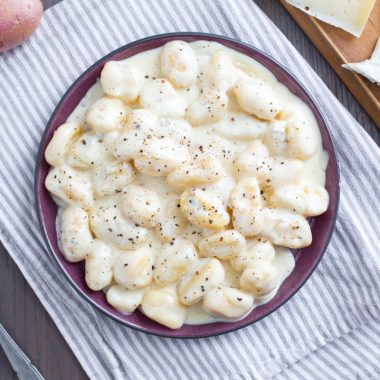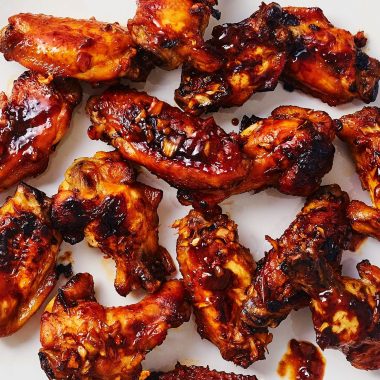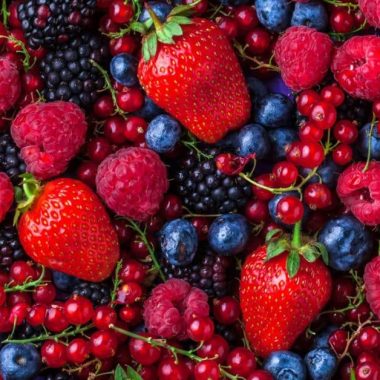Let’s get into the heart of the matter – the caloric content of coffee.
When you’re watching your calories, every bit counts, right? So, how does your beloved coffee play into this?
Let’s start with understanding what a calorie actually is and how it’s measured in food and beverages.
What is a Calorie?
Simply put, a calorie is a unit of energy. In the context of nutrition, it refers to the amount of energy that food or drink provides when consumed.
When you hear about counting calories, it’s a way of keeping track of the energy you’re taking in versus the energy your body uses.
Interested in learning more about calorie counting? Check out our article on what is calorie counting.
How are Calories Measured in Food and Beverages?
Calories in food and beverages are measured using a system called the Atwater system.
This system assigns a specific caloric value to the macronutrients found in food – carbohydrates, proteins, and fats.
When it comes to beverages like coffee, the caloric content can vary greatly depending on the ingredients used.
For instance, a basic black coffee will have a significantly lower caloric content compared to a latte filled with whole milk and sugar.
Speaking of which, do you know how many calories in black coffee? Let’s uncover this and more in the upcoming sections.
The Basic Black Coffee
When it comes to tracking your calorie intake, you’ll be pleased to know that your favorite morning beverage, the basic black coffee, is a low-calorie option that can fit into most diets.
The Nutritional Content of Black Coffee
Black coffee, on its own, contains a minimal amount of calories.
Aside from calories, black coffee is rich in antioxidants and can provide a small amount of potassium, magnesium, and niacin (vitamin B3).
However, it’s important to remember that while it provides some nutrients and antioxidants, black coffee shouldn’t be relied upon as a major source of nutrition in your diet.
| Nutrient | Amount in Black Coffee |
|---|---|
| Calories | 2 |
| Potassium | 116 mg |
| Magnesium | 7.1 mg |
| Niacin (vitamin B3) | 0.5 mg |
How Many Calories are in Black Coffee?
So, how many calories are in coffee? Well, an 8-ounce cup of black coffee contains about 2 calories.
That’s almost negligible! This low caloric content makes black coffee a great choice for those who are counting calories or trying to lose weight.
However, it’s worth noting that this refers to pure, black coffee — no sugar, cream, or other add-ins.
| Coffee Type | Calories |
|---|---|
| Black Coffee (8 oz) | 2 |
As you can see, the caloric content of black coffee is very low.
However, as soon as you start adding milk, sugar, cream, or flavored syrups, the calorie count can increase significantly.
So, if you’re watching your calorie intake, it’s a good idea to enjoy your coffee black or use low-calorie add-ins.
For a detailed look at how different add-ins can impact the caloric content of your coffee, check out our article on how many calories in iced coffee.
Coffee Add-Ins and Their Caloric Impact
While a basic black coffee is low in calories, adding ingredients to your cup can significantly increase its calorie content.
Let’s delve into how many calories common coffee add-ins can contribute.
The Impact of Milk and Cream
The calories in your coffee can increase depending on the type of milk or cream you add.
For instance, adding a tablespoon of whole milk adds around 9 calories, while a tablespoon of heavy cream contributes about 52 calories.
| Add-In | Calories per Tablespoon |
|---|---|
| Whole Milk | 9 |
| Skim Milk | 5 |
| Half-and-Half | 20 |
| Heavy Cream | 52 |
Remember, these values can vary depending on the specific product and brand. You can find more information in our article on how many calories in milk.
The Impact of Sugar and Sweeteners
Sugar is another common add-in that can increase the caloric content of your coffee.
A teaspoon of granulated sugar adds around 16 calories.
When it comes to artificial sweeteners, they’re typically calorie-free, but it’s important to remember that they can have other health implications.
| Add-In | Calories per Teaspoon |
|---|---|
| Granulated Sugar | 16 |
| Honey | 21 |
| Stevia | 0 |
| Splenda | 0 |
Curious about the caloric impact of sugar? Check out our article on how many calories in sugar.
The Impact of Flavorings and Syrups
Flavorings and syrups can make your coffee taste divine, but they can also add a significant number of calories to your cup.
For example, a tablespoon of vanilla syrup adds about 37 calories.
| Add-In | Calories per Tablespoon |
|---|---|
| Vanilla Syrup | 37 |
| Caramel Syrup | 50 |
| Hazelnut Syrup | 48 |
It’s clear that the add-ins you choose can have a significant impact on how many calories are in your coffee.
By being mindful of your choices, you can control the caloric content of your beloved brew.
Coffee Variations and Their Calories
When it comes to understanding how many calories are in your coffee, it’s not just about the coffee itself.
Different types of coffee beverages have different caloric contents. Let’s take a closer look at espresso, latte, and cappuccino.
Espresso and its Caloric Content
An espresso is a concentrated form of coffee served in small, strong shots and is the base for many coffee drinks.
A single shot of espresso contains approximately 5 calories. These calories come from a tiny amount of protein and mono-saturated oils.
| Espresso Type | Calories |
|---|---|
| Single Shot | 5 |
| Double Shot | 10 |
Latte and its Caloric Content
A latte is a coffee drink made with espresso and steamed milk. The caloric content in a latte can vary greatly depending on the type of milk used and the size of the beverage.
A small (240ml) latte with whole milk contains approximately 135 calories.
| Latte Type | Calories |
|---|---|
| Small (240ml), Whole Milk | 135 |
| Medium (360ml), Whole Milk | 180 |
| Large (480ml), Whole Milk | 235 |
Cappuccino and its Caloric Content
A cappuccino is a popular coffee drink that’s made with equal parts of espresso, steamed milk, and foamed milk.
The calories in a cappuccino can also vary depending on the size of the drink and the type of milk used.
A small (240ml) cappuccino with whole milk has approximately 110 calories.
| Cappuccino Type | Calories |
|---|---|
| Small (240ml), Whole Milk | 110 |
| Medium (360ml), Whole Milk | 155 |
| Large (480ml), Whole Milk | 200 |
By understanding the caloric content of these popular coffee beverages, you can make informed decisions about your coffee consumption and how it fits into your daily caloric intake.
If you want to learn more about calorie counting, check out our article on what is calorie counting.
Tips for Lowering the Caloric Content of Your Coffee
Suppose you love coffee but are conscious about your caloric intake.
In that case, there are various ways you can enjoy your cup of joe without worrying about how many calories in coffee you’re consuming.
Here are some tips for choosing low-calorie add-ins and adopting mindful coffee consumption habits.
Choosing Low-Calorie Add-Ins
The caloric content of your coffee can significantly increase depending on what you add to it.
However, you can opt for low-calorie add-ins that can still enhance the taste without adding too many calories.
For example, instead of using whole milk or cream, you could use skim milk or almond milk, both of which are lower in calories.
Instead of adding sugar, consider using natural sweeteners like stevia, which has zero calories.
Check out the comparison table below for a better understanding of how these alternatives can affect your coffee’s caloric content.
| Add-In | Calories |
|---|---|
| Whole Milk (1 tbsp) | 9 |
| Skim Milk (1 tbsp) | 5 |
| Almond Milk (1 tbsp) | 2 |
| Sugar (1 tsp) | 16 |
| Stevia (1 tsp) | 0 |
Mindful Coffee Consumption Habits
Being mindful of your coffee consumption habits can also help reduce the caloric content. Here are a few tips:
- Limit the number of cups: The more coffee you drink, the more calories you consume, especially if you’re adding milk, sugar, or flavorings. Try to limit your coffee intake to 1-2 cups per day.
- Enjoy black coffee: Black coffee contains almost no calories. If you can develop a taste for it, this could be a great way to enjoy coffee without worrying about calories.
- Avoid high-calorie variations: Coffee variations like lattes, mochas, and cappuccinos can be high in calories due to added milk, sugar, and syrups. If you’re counting calories, it’s best to avoid these or opt for their ‘skinny’ versions, which are made with non-fat milk and sugar-free syrups.
- Beware of ‘coffee’ beverages: Some beverages are more dessert than coffee, loaded with cream, sugar, flavorings, and toppings. These can contain hundreds of calories. Always check the nutritional information, if available, before ordering.
Remember, it’s not just about how many calories in coffee but rather the overall caloric content of your diet.
For more information on calorie counting and how different foods can impact your caloric intake, check out our article on what is calorie counting.
